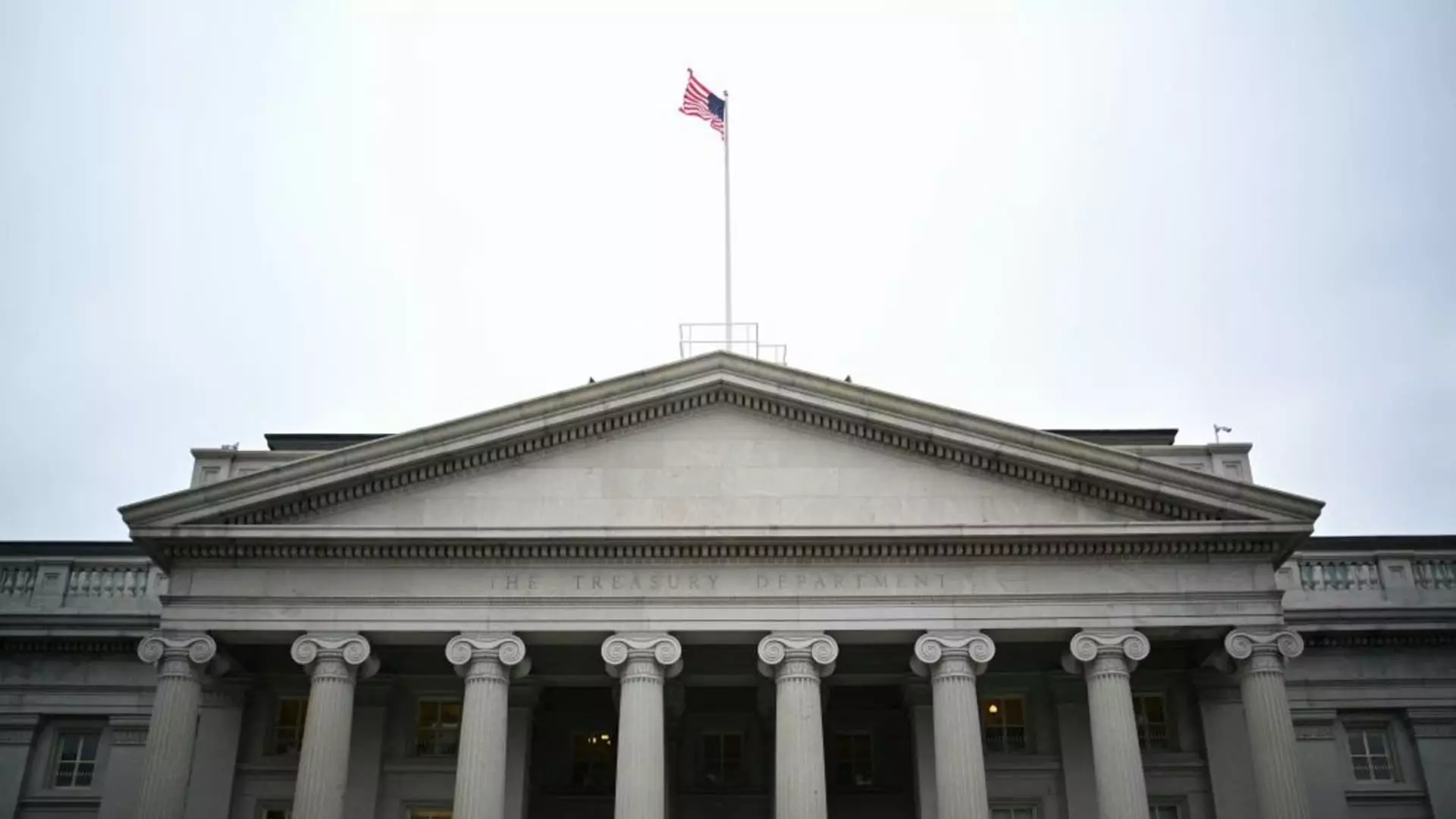The U.S. Department of the Treasury has recently announced a decrease in the interest rates for Series I bonds. From November 1, 2024, to April 30, 2025, newly purchased I bonds will offer a composite annual interest rate of 3.11%. This marks a notable decline from the previous yields of 4.28% and 5.27% that were available in May and November 2023, respectively. The current rate comprises a variable interest portion of 1.90% combined with a fixed interest rate of 1.20%. This fixed rate has also seen a drop from 1.30% earlier this year, further indicating a trend that may concern potential investors.
Despite the declining figures, financial experts still see value in I bonds, particularly for long-term investors. This unique investment tool is designed to protect against inflation, making it strategically appealing for those looking for stability in their financial portfolios. Although the yield has plummeted from the unprecedented high of 9.62% that was reached in May 2022, the fixed-rate component remains a crucial aspect as it ensures a consistent return over time. This aspect of I bonds is particularly relevant for conservative investors who favor strategies that prioritize risk mitigation over aggressive growth.
The structure of Series I bonds is peculiar; they comprise both a variable rate and a fixed rate that the Treasury updates biannually, in May and November. The variable rate is directly linked to inflation, remaining constant for six months following the purchase. Conversely, the fixed rate remains unchanged once the bonds are acquired. This dual-rate system makes I bonds a hedging tool against inflation, but the uncertain nature of the fixed portion raises questions about future earnings potential. Investors must comprehend the implications of these mismatched timelines to strategize effectively for their bond selections.
Timing is pivotal when it comes to investing in I bonds, as it influences when rates are adjusted. For instance, if an investor purchases I bonds in September 2024, they will start with a variable rate of 2.96%, which will then shift to a new rate of 1.90% come March 2025. However, their fixed rate of 1.30% will hold steady regardless of fluctuations in the market. Such intricacies can be confusing, and investors must be mindful of their purchase dates to optimize returns effectively. Learning how rate changes interact with their original investment date is essential for maximizing benefits.
Though recent changes to Series I bond rates showcase a decreasing trend in yields, these bonds still offer unique attributes that may appeal to certain investors. As inflationary pressures continue to weigh on the economy, understanding the nuances of I bonds—especially the interaction between variable and fixed rates—will empower investors to formulate informed and strategic financial decisions. In this environment, careful analysis and timing are key to maximizing investment in I bonds as a protective financial measure.

